Medicinal Chemistry and Drug Discovery
Medicinal Chemistry
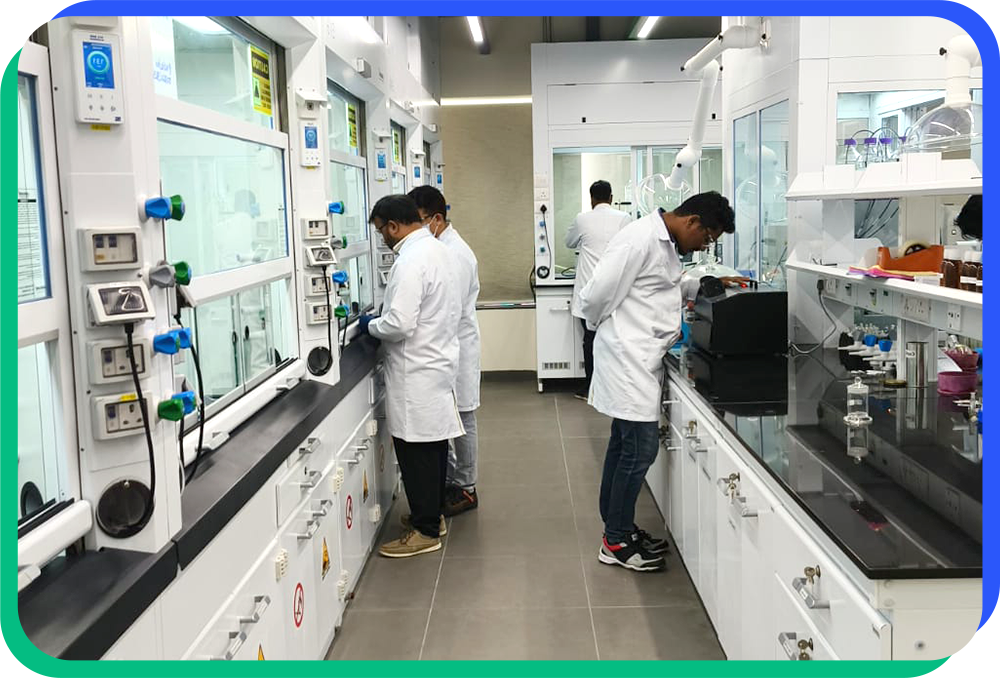
Leveraging insights from Aryastha’s experience in honing the drug discovery process, a key improvement involves conducting more in vivo testing at an earlier stage. This advancement empowers medicinal chemists to champion their potential drug candidates. These medicinal chemists are essential team members of interdisciplinary groups, adept at foreseeing challenges in transitioning in vitro activity to in vivo and driving the project forward.
When a promising ‘HIT’ is identified, the medicinal chemist strategizes to explore the SARs within a structural compound family, thus optimizing desired biological activities. The medicinal chemist is also primarily responsible for establishing the hit compound’s effectiveness in a suitable preclinical model. This task is one of the most challenging phases involving a comprehensive study of LEAD compounds to comprehend absorption, in vivo distribution, metabolism rate, and excretion (ADME). The ultimate objective during this stage is to optimize the compound’s effectiveness while minimizing any potential adverse effects within the animal model.

Leveraging insights from Aryastha’s experience in honing the drug discovery process, a key improvement involves conducting more in vivo testing at an earlier stage. This advancement empowers medicinal chemists to champion their potential drug candidates.
These medicinal chemists are essential team members of interdisciplinary groups, adept at foreseeing challenges in transitioning in vitro activity to in vivo and driving the project to deliver preclinical/clinical candidates.
When a promising ‘HIT’ is identified, the medicinal chemist strategizes to explore the SARs within a structural compound family, thus optimizing desired biological activities. The medicinal chemist is also primarily responsible for establishing the hit compound’s effectiveness in a suitable preclinical model. This task is one of the most challenging phases involving a comprehensive study of LEAD compounds to comprehend Absorption, Distribution, Metabolism, and Excretion (ADME). The ultimate objective during this stage is to optimize the compound’s effectiveness while minimizing any potential adverse effects within the animal model.
Hit identification
- Hit validation and Qualification
- Computer-aided drug design (CADD)
- Assessment of new chemical entities (NCEs) in relation to biological targets (Biochemical/Enzymatic) Design and Synthesis of NCEs (small and Large) or Libraries – Parallel synthesis
- Screening of new hit compounds (HTS/DEL/FBDD/Virtual)
Lead identification
- Structure-activity relationship (SAR)
- Biochemical/Enzymatic and Cellular potency (in vitro, Ex-vivo and in vivo)
- Selectivity/ off target activity
- Physicochemical properties
- Absorption, Distribution, Metabolism and Excretion (ADME)
- Reference and Tool compounds
- Carving the Intellectual Property (IP)
Lead optimization
- Optimization of lead compound
- PK, PD, Efficacy and Safety profile
- Determination of preclinical drug candidates (PCC)
- Backup candidate and strategy
- Target optimal human profile
- Target product profile (TPP)
Addressing pharmacokinetic challenges through innovative approaches
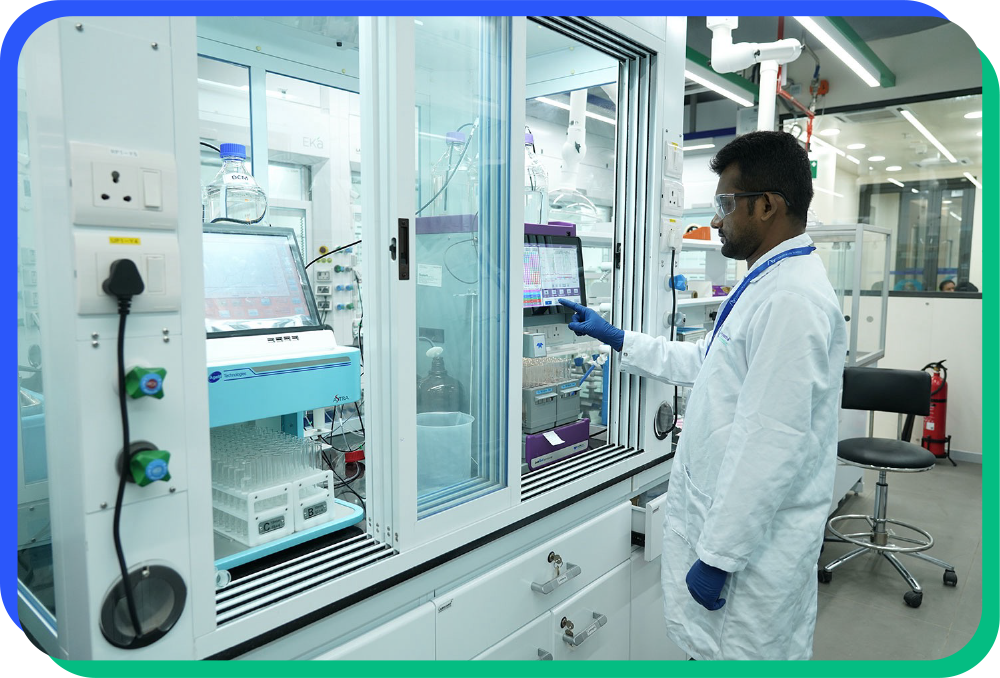

Aryastha's Pursuit of Drug-Like Compounds
- Designing compounds with drug-like properties
- In vitro assessments of toxicity
- Syncing animal and In vitro testing
A strategic approach to tackle how drugs within the body involve predicting and designing compounds with drug-like properties. Compounds that are highly lipophilic and have high molecular mass often exhibit potent in vitro activity by keeping water away from the enzyme or receptor surface, allowing additional hydrophobic interactions.
Additionally, these compounds typically lack drug like properties due to their limited solubility in water, off-target activity due to promiscuous nature of the compound. Further, leading to inadequate pharmacokinetics and oral absorption.
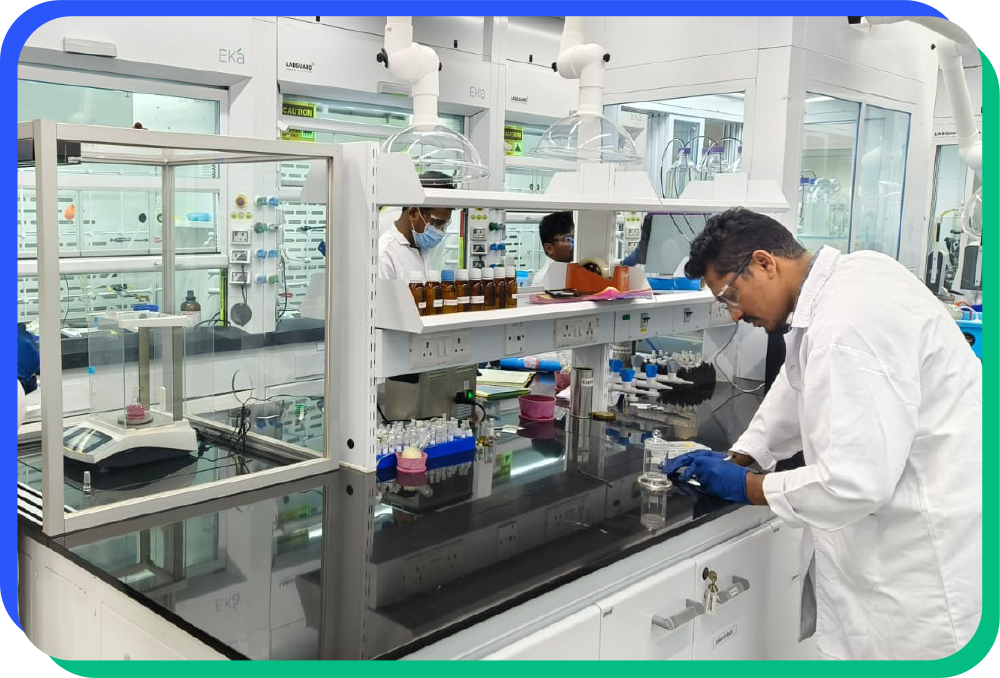
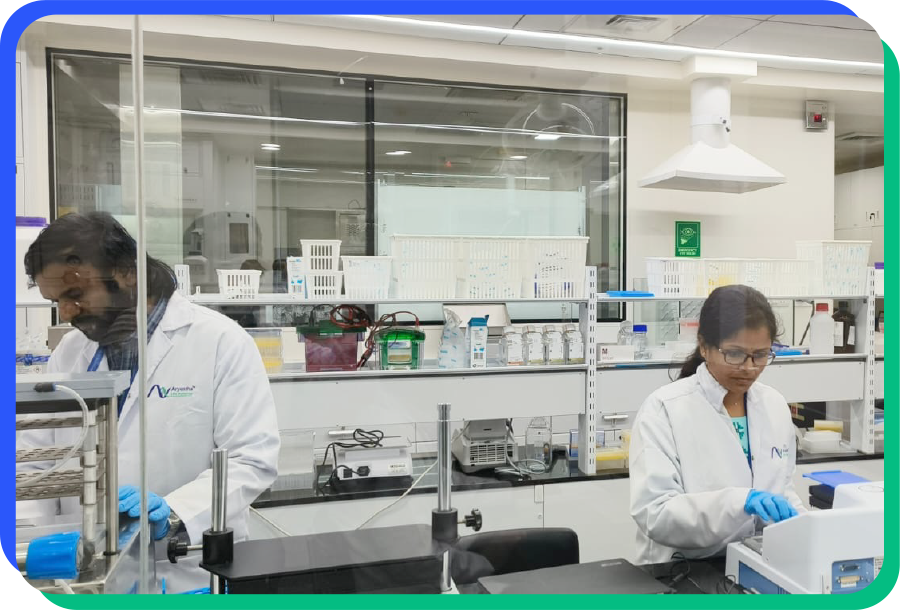
In the early stages of drug discovery, synchronizing animal testing with in vitro evaluations offers a distinct advantage. Additionally, correlating In vitro pharmacokinetics assessments with animal testing data can establish a solid foundation for chemists to address pharmacokinetic challenges.
This approach also aids in identifying lead compounds based on their promising In vitro activities or pharmacokinetic attributes that might have been disregarded solely based on In vitro testing outcomes.
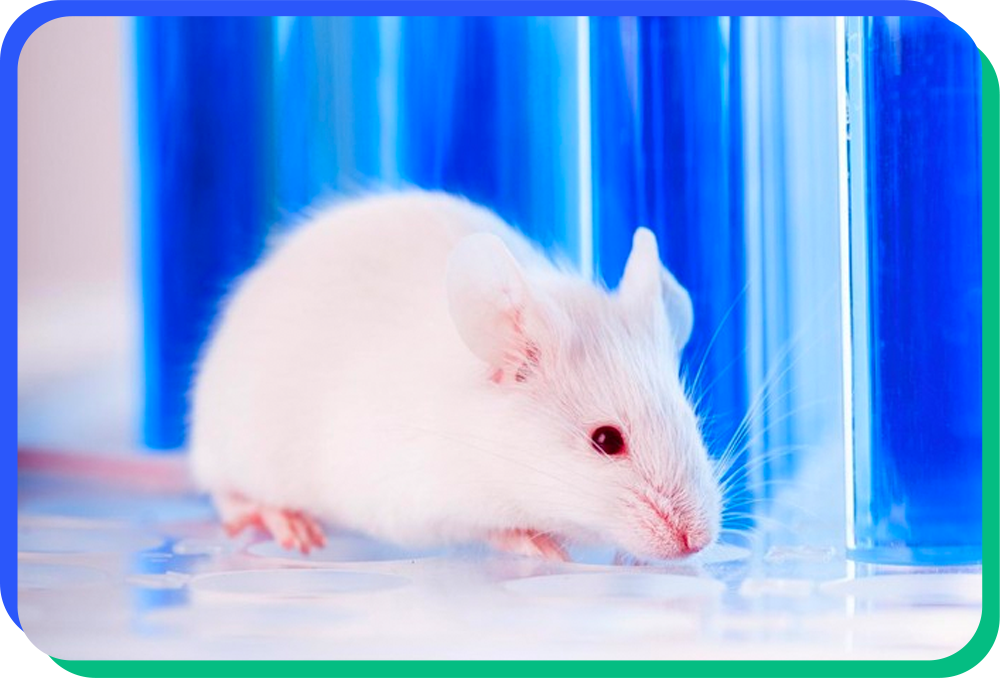
Synthetic Chemistry: Engineering Molecules for a Smarter Future
At the heart of Aryastha’s innovation is synthetic chemistry — the science of designing and building new molecules with purpose. It’s not just about creating compounds in a lab; it’s about shaping the future through molecular innovation.
From next-gen materials to precision therapeutics, Aryastha’s team uses advanced synthetic methods to solve real-world problems at the molecular level. With every reaction we design, we’re not just making chemistry — we’re making impact.
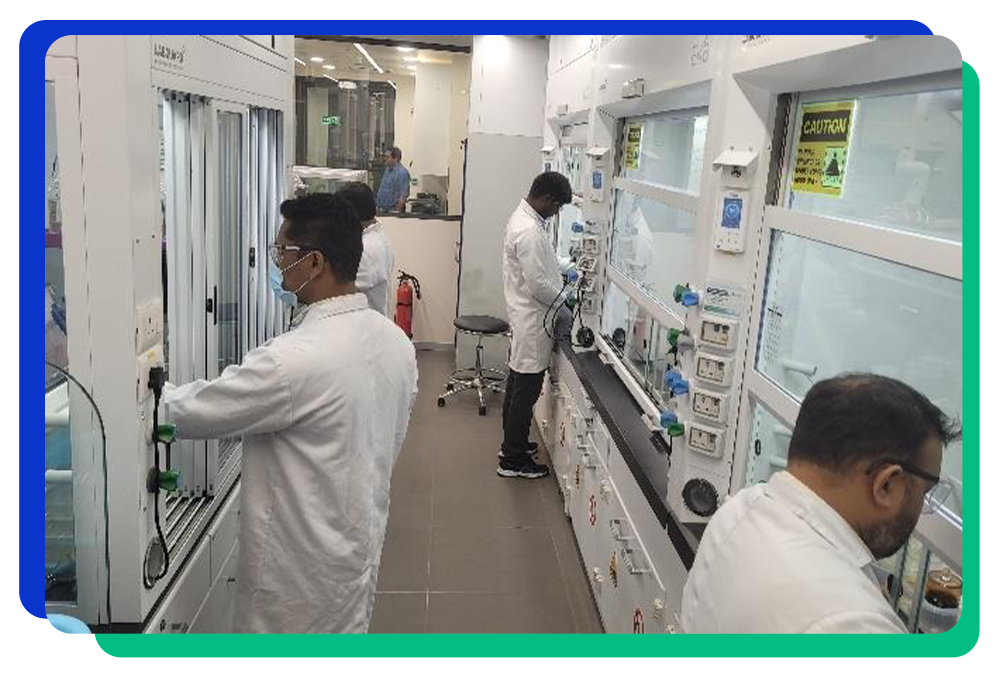
What We Do
At Aryastha our approach to synthetic chemistry combines cutting-edge techniques, data-driven design, and scalable processes to bring new ideas to life — faster and more efficiently.
1. Molecular Design
At Aryastha we start by identifying molecular targets that can unlock new functionality — whether it’s a therapeutic candidate, an advanced polymer, or a platform molecule.
2. Custom Synthesis
At Aryastha we build complex molecules from the ground up using strategic, efficient synthetic routes, including green and catalytic methodologies.
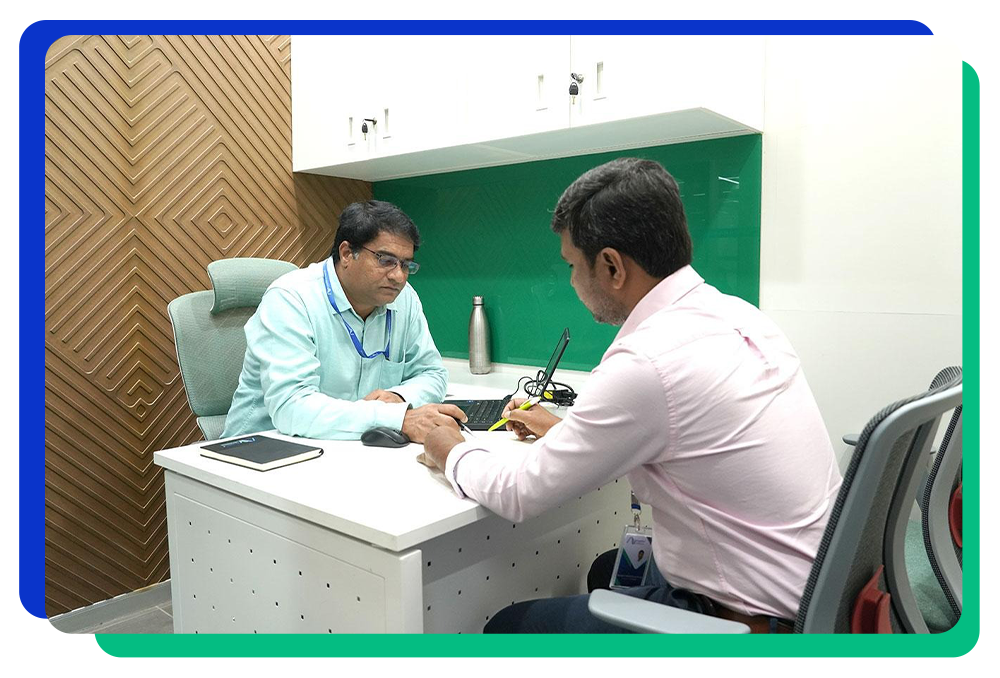
Our Expertise
Our skilled and experienced team of organic chemists can confidently and punctually carry out synthesis of practically any small-molecule compound, including:
- Multistep synthesis
- Library synthesis: new chemical entities for hit-to-lead (H2L) development
- Novel Derivatives of hit or lead compounds
- Functionalization of bioactive compounds
- Designing of covalent inhibitors(warheads)
- Target substrates, inhibitors and activators
- Microwave, Photo-redox synthesis & Parallel Synthesis
- Asymmetric synthesis (chiral auxiliary, catalysis and resolution)
- Hydrogenation, Organometallic reaction
- Enzymatic transformation
- Peptidomimetics design, synthesis, and characterization
- Deuterated compound, Peptides, PROTAC, Protide, Prodrug and ADC linker chemistry
- Synthesis of lipids, glycolipids, carbohydrates (nucleosides & nucleotides), phosphonates and phospholipids
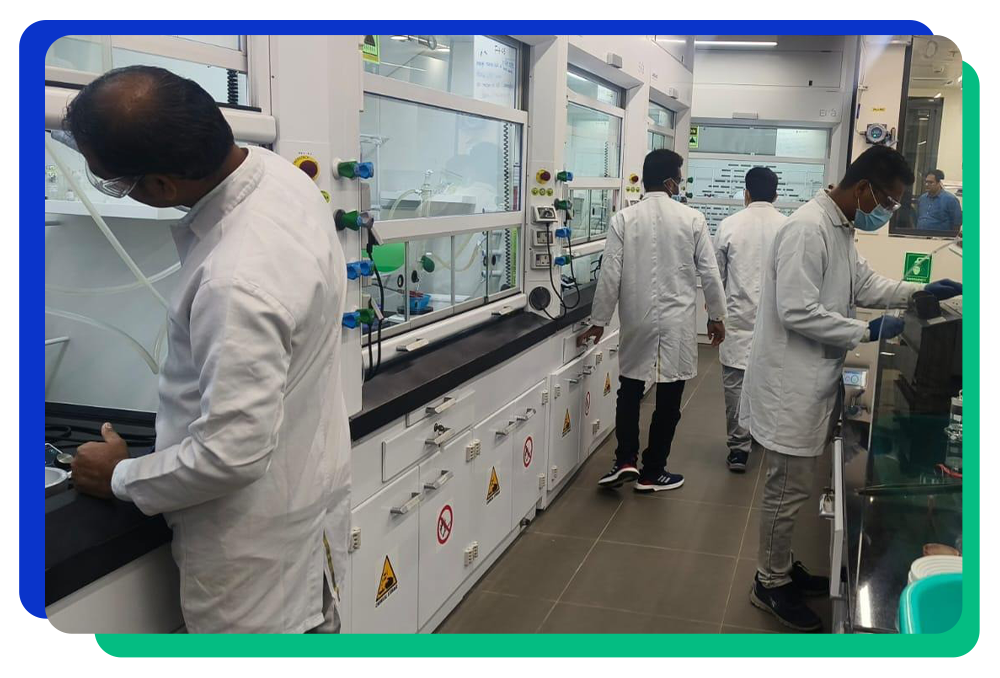
The Company’s expertise in synthetic route scouting to your molecules will utterly provide the following advantages:
- Development of novel and customized synthetic routes via initial lab-scale research
- Optimization and search of the best cost- and time- efficient synthetic route (e.g., higher yield, lower costs, lower environmental impact, reduction of by-products)
- Alternative synthetic routes (e.g., avoiding hazardous starting materials, blind-alley or inappropriate synthesis method, IP-protected compounds, etc.)
3. Rapid Prototyping & Iteration
Using automation and high-throughput screening, we accelerate the design-build-test cycle to bring better solutions to market, faster. As a positively triggering start of drug development projects, offered a wide range of Early Drug Discovery Services:
- Hit and lead optimization
- Product scale-up
- Reaction and process optimization
- Catalyst screening and optimization
- Customizable quality assurance services
- Analogue Synthesis
Strategy
- ROS scouting, literature search and molecules design and modelling.
- Chemistry services for compounds synthesis and lead development
- Optimization in synthetic chemistry services.
- Tech transfer packages supporting scale ups and advanced services
Delivery
- Discovery and chemistry services for library, parallel chemistry, custom synthesis and deuterium, standards, molecular probes, chiral compounds, salt screening.
- Strategic IP support in discovery chemistry services.
- Confidential, collaborative discovery chemistry services in secure labs.
Communication
- Transparent updates on daily and weekly/biweekly with regular progress reports.
- Flexible lab spaces, customizable facilities provided to client on project needs.
Analytical Services: Precision You can Trust
In Innovation precision is everything. As a trusted CRO partner, our analytical chemistry team works seamlessly with medicinal and synthetic chemists to ensure the quality, consistency, and accuracy of all synthesized compounds prior to biological evaluation.
We offer deep expertise in advanced analytical techniques—including NMR, mass spectrometry, chromatography, and method development—to provide high-integrity data that drives confident decision-making.
Our commitment to precision and reliability supports every stage of the drug discovery pipeline.
Whether you’re optimizing lead compounds or preparing for IND submission, our analytical support ensures every step is built on a foundation of trust and scientific rigor.
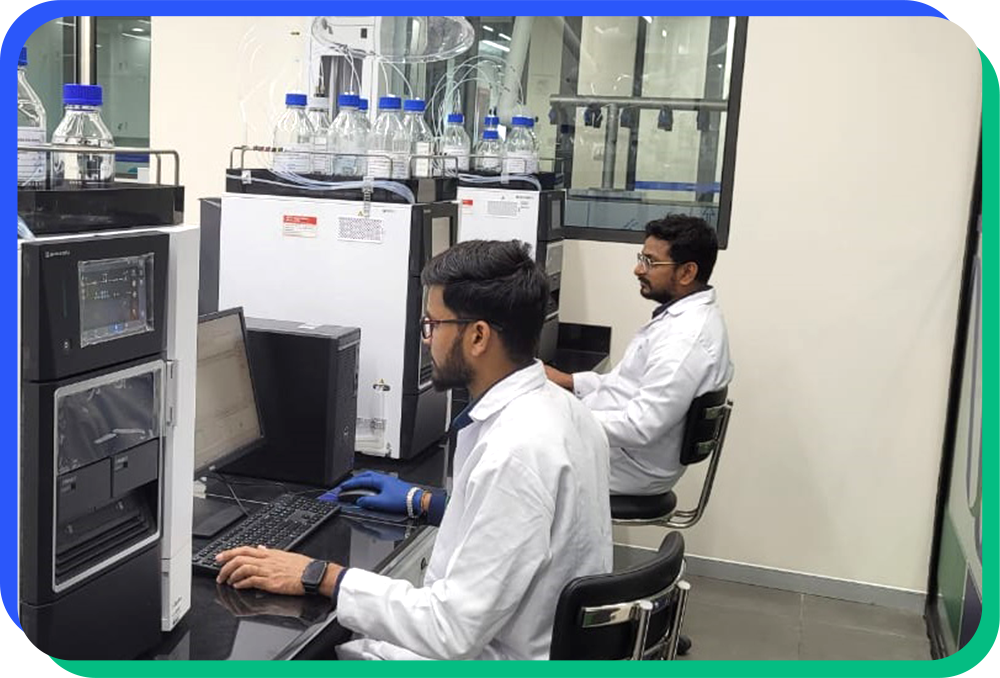
Analytical Chemistry Lab
Drug Substance Characterization, Control, and Compliance
Analytical Method Development & Validation
- Tailored methods for drug substance characterization
- Compliance with ICH Q2(R2) and regulatory standards
Structural Elucidation & Characterization
- Spectroscopic techniques (NMR, FTIR, MS, XRPD)
- Solid-state characterization for polymorphs and salts
Impurity Profiling & Control
- Identification and quantification of process-related and degradation impurities
- Support for ICH Q3A/Q3B impurity guidelines
Stability Studies (Drug Substance)
- Forced degradation and stability-indicating method development
- ICH-guided accelerated and long-term stability studies
Chiral & Enantiomeric Purity Testing
- Advanced HPLC/UPLC and chiral separation platforms
Residual Solvent & Elemental Impurity Analysis
- GC/HS-GC for solvents (ICH Q3C)
- ICP-MS for elemental impurities (ICH Q3D)
Reference Standards Qualification
- Characterization and qualification of in-house and pharmacopeial standards
Infrastructure
Our analytical laboratories are equipped with advanced platforms for Drug
Substance analysis:
- HPLC, UPLC, LC-MS/MS, GC-MS
- NMR, XRPD, DSC, TGA for solid-state characterization
- ICP-MS, FTIR, UV/Vis
- GMP stability chambers (ICH zones I–IV)
- Fully compliant with 21 CFR Part 11 and global data integrity standards


Infrastructure
- NMR instruments (400 MHz) coupled with Autosampler and multinuclear probes.
- Gas chromatography (GC and GC-HS) with flame-ionization detectors, and thermal conductivity detectors.
- Preparative HPLC Purify Achiral and Chiral Compounds mg to gm scale level.
- Mass directed Auto purification for library compound, UV inactive and lipid purifications.
- LC-MS coupled with PDA, ELSD and SQD mass detectors for regular analysis.
- Other key instruments include DSC, TGA and particle size analysers.
- HPLC with PDA, UV and ELSD detectors for regular and finisher products.
- HPLC with Method Scouting System for fastest and effective method development.
PR&D ─ Analytical Development Process :
- Method development and Validations
- Stability Studies
- Force Degradation studies
- Identification and Characterization of impurities
- Structure Elucidation
- Method Transfer


Our synthetic & analytical chemistry platform is versatile and scalable, supporting innovation across Healthcare & Biotech industries: Sustainable small molecule drugs, and bioactive compounds by keeping high Safety standards & Environment protection.
Why It Maters
In a world increasingly driven by molecular precision — from personalized medicine to climate-smart materials — Medicinal & Synthetic chemistry is the engine of progress. Aryastha is built around this belief: that the right molecule, designed with intent, can change everything.
Whether you’re looking to co-develop a molecule, scale a novel compound, or invest in next-gen chemical technologies, we’re ready to collaborate. Let’s shape the future of Medicinal & Synthetic chemistry — together.


